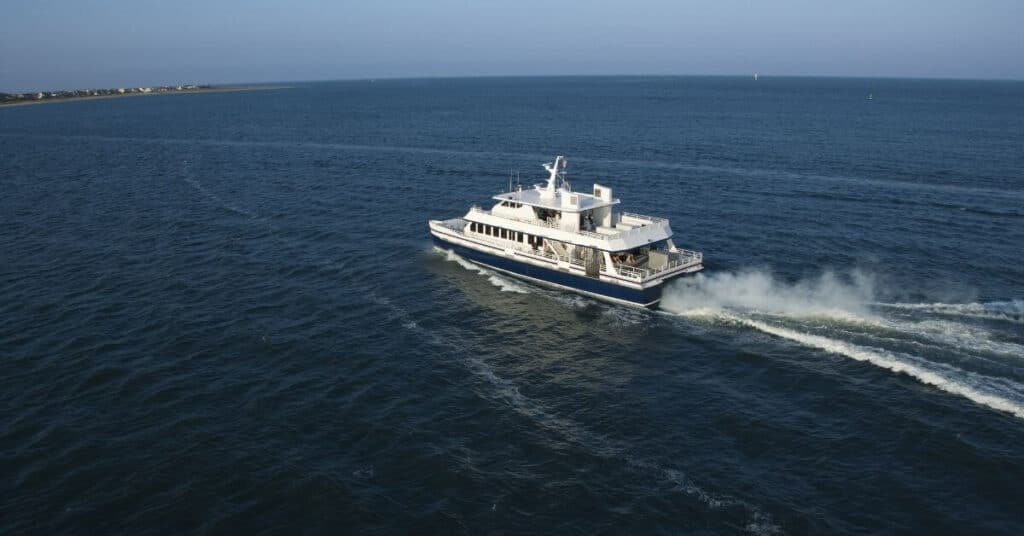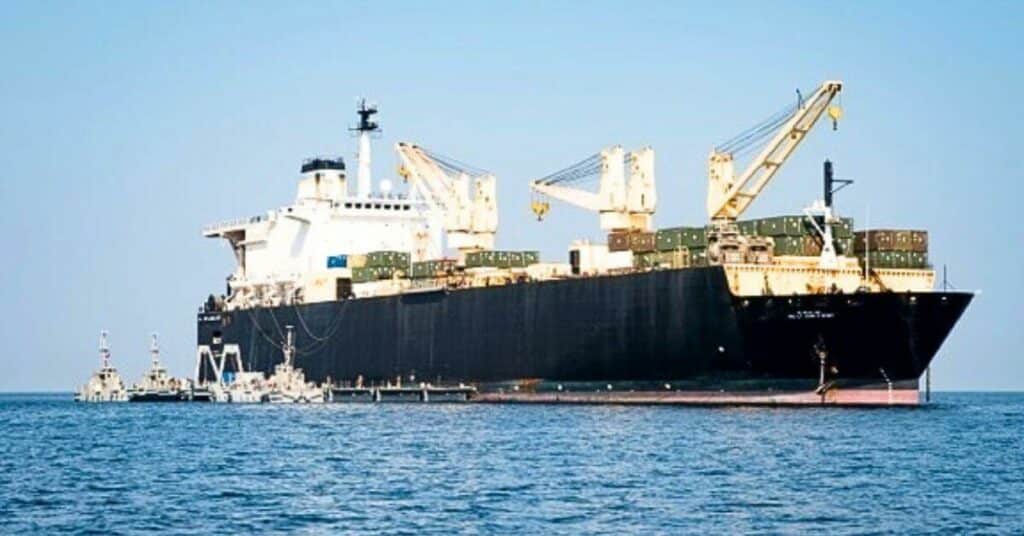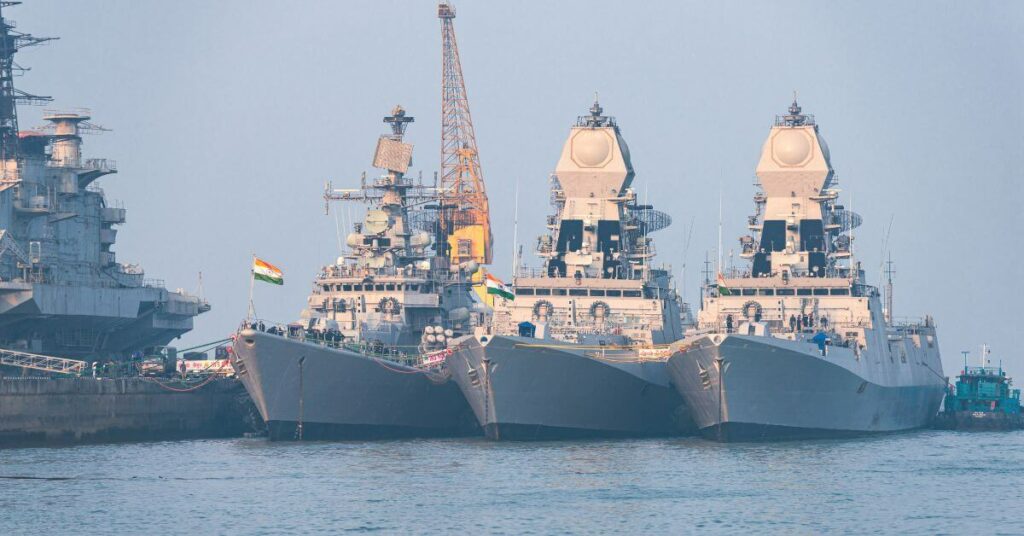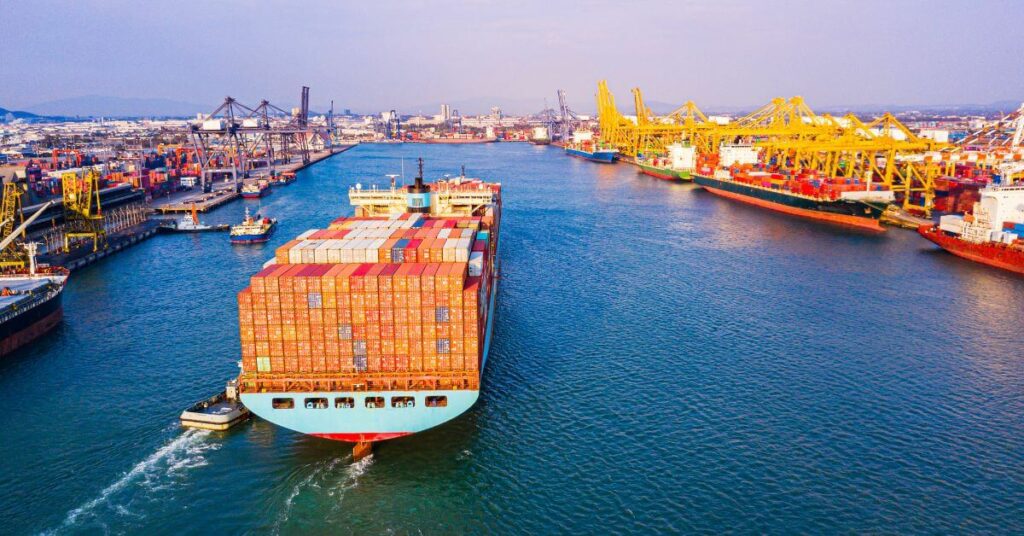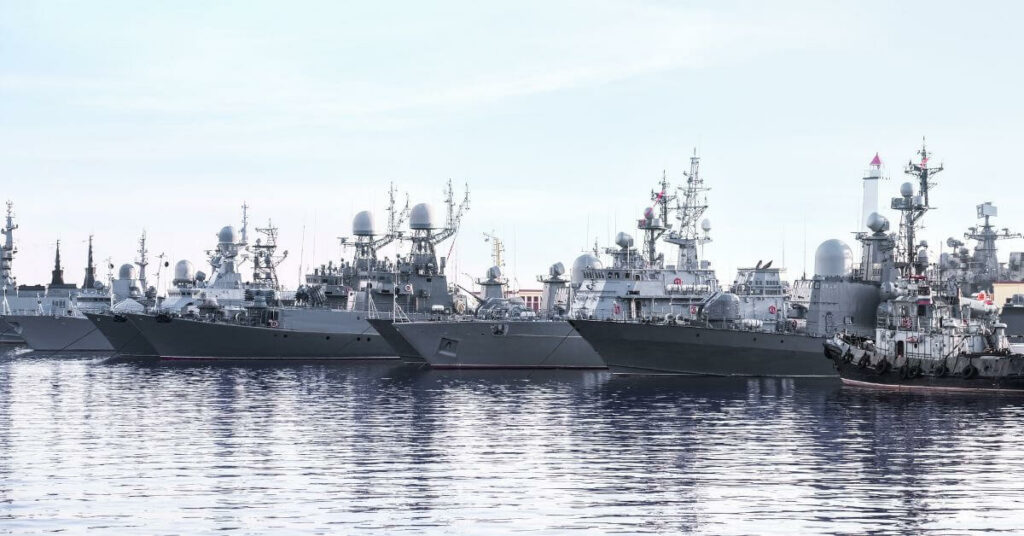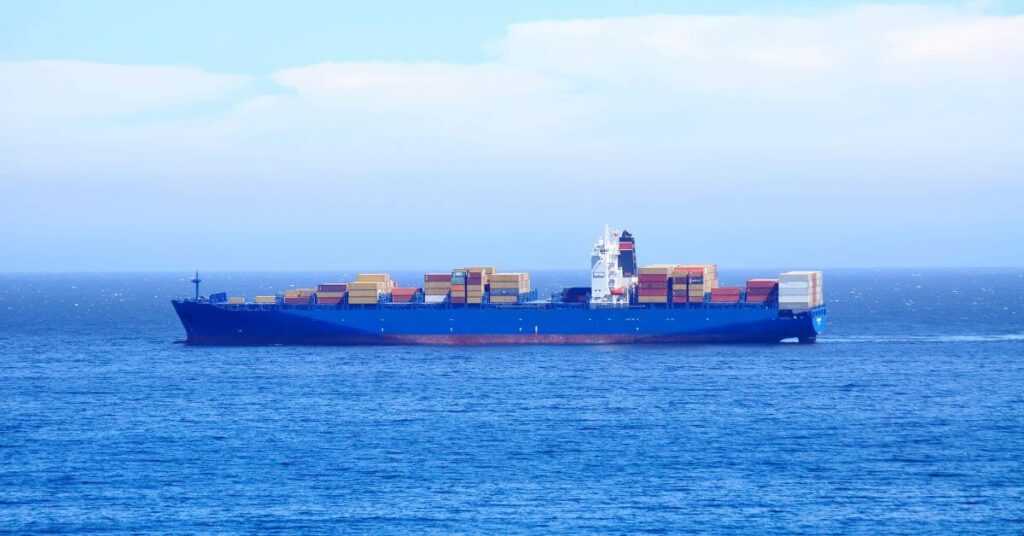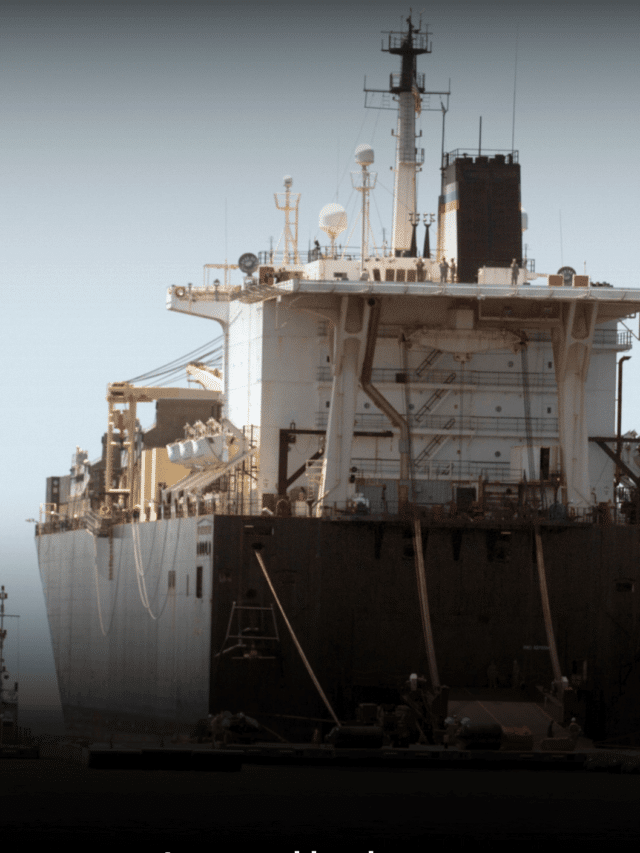Post-Brexit: Study Identifies Routing Options To Gear-Up Short-Sea Container Services
Alternative capacity could be provided by short-sea container services between the UK and EU to alleviate possible congestion at the Port of Dover post-Brexit, according to a study by global shipping consultancy Drewry. These latest findings follow an earlier Brexit briefing and resilience study by Drewry which concluded that the Port of Dover had the capacity to cope with moderate Brexit disruption.
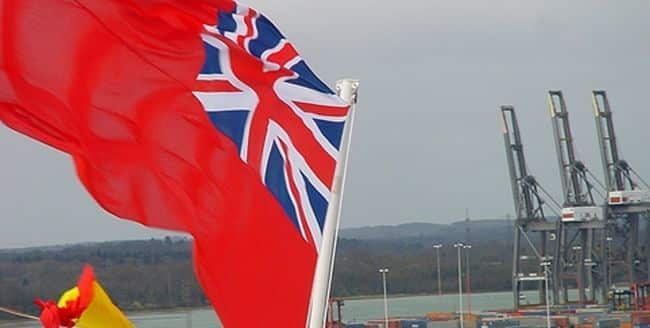
The earlier study, validated by the Port of Dover, concluded that of the 2.5 million trailers going via Dover, around 20% (i.e. 500k trailers) could possibly shift to another mode of transport. Using this ‘alternative mode’ assumption, Drewry sought to understand the current container services available at UK Ports, their connectivity with EU Ports and to examine what container shipping lines could do to accommodate additional volumes by understanding current service capacity levels and how easily additional capacity, if required, might be deployed.
“In this second phase of our short-sea analysis we have turned our attention to alternative capacity and congestion mitigation,” said Tim Power, head of Drewry Maritime Advisors. “We understood from the findings of our initial assessment that a proportion of trailer-based freight transiting Dover could be suitable for transportation and re-routing by container. We wanted to see whether and how this could be handled”.
“In assessing the practical viability of that alternative it became clear that container shipping line services not only have the capacity, options and flexibility to handle additional container volumes in the event of disruption to cross-Channel freight services but crucially, container terminals in the UK have the capacity to meet the additional throughput demands,” said Power.
A number of conclusions were highlighted by the study:
- Volumes that could be re-routed from Dover: Of the cargo in the 2.5 million trailers handled by Dover today, 20% could move to another mode of transport. This translates to around 250,000 units a year (in each direction), equivalent to around 10,000 TEU per week in each direction;
- Alternative routes and modes: There are four ways that container shipping lines could cater for this demand: making use of spare capacity on existing services; increasing frequency on existing services; increasing vessel sizes on existing services; launching new services. The extra demand would not require a significant expansion in capacity;
- Spare capacity at UK container terminals: Combined, 11 container ports in the UK have 5.9m TEU p.a. of spare capacity, most of which in southeast England close to Dover but also in northern England markets This is sufficient to handle this additional volume and provides wide geographical coverage;
- Vessel availability: There are sufficient container vessels in the market today – feeder size vessels represent over half of the total fleet – and there is a very liquid charter market;
- Container box availability: North Europe, in general, imports more full containers than it exports. Surplus containers on the Continent could be used for exports to the UK. After unpacking, these containers could be moved to demand locations in Asia on deep-sea services.
A copy of the study findings is available to download from the Drewry website at www.drewry.co.uk/white-papers
Press Release
Disclaimer :
The information contained in this website is for general information purposes only. While we endeavour to keep the information up to date and correct, we make no representations or warranties of any kind, express or implied, about the completeness, accuracy, reliability, suitability or availability with respect to the website or the information, products, services, or related graphics contained on the website for any purpose. Any reliance you place on such information is therefore strictly at your own risk.
In no event will we be liable for any loss or damage including without limitation, indirect or consequential loss or damage, or any loss or damage whatsoever arising from loss of data or profits arising out of, or in connection with, the use of this website.
Disclaimer :
The information contained in this website is for general information purposes only. While we endeavour to keep the information up to date and correct, we make no representations or warranties of any kind, express or implied, about the completeness, accuracy, reliability, suitability or availability with respect to the website or the information, products, services, or related graphics contained on the website for any purpose. Any reliance you place on such information is therefore strictly at your own risk.
Do you have info to share with us ? Suggest a correction
About Author
Marine Insight News Network is a premier source for up-to-date, comprehensive, and insightful coverage of the maritime industry. Dedicated to offering the latest news, trends, and analyses in shipping, marine technology, regulations, and global maritime affairs, Marine Insight News Network prides itself on delivering accurate, engaging, and relevant information.

About Author
Marine Insight News Network is a premier source for up-to-date, comprehensive, and insightful coverage of the maritime industry. Dedicated to offering the latest news, trends, and analyses in shipping, marine technology, regulations, and global maritime affairs, Marine Insight News Network prides itself on delivering accurate, engaging, and relevant information.
Latest Shipping News Articles You Would Like:
Subscribe To Our Newsletters
By subscribing, you agree to our Privacy Policy and may receive occasional deal communications; you can unsubscribe anytime.
Web Stories




